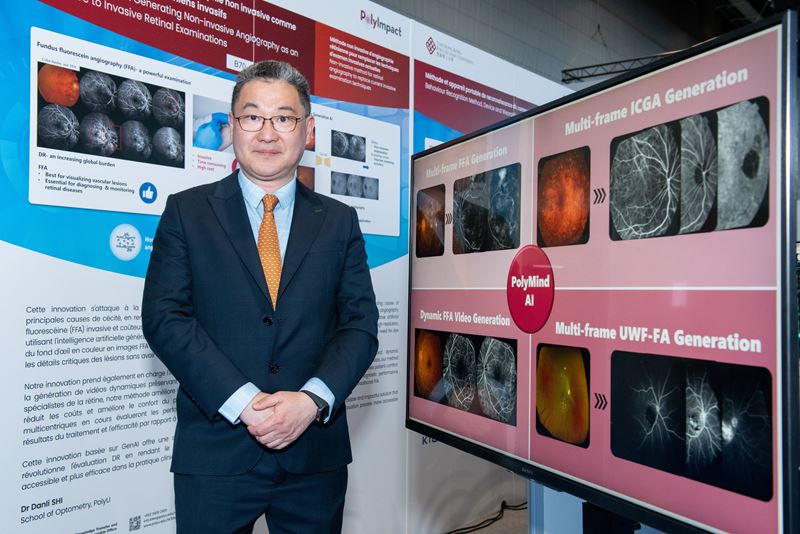The Hong Kong Polytechnic University (PolyU) is committed to harnessing medicine-engineering integration and adoption of artificial intelligence (AI) in healthcare to drive innovations and translation of research outcomes into real-world solutions. These efforts support the development of precision medicine, preventive medicine, and primary healthcare, thereby enhancing the quality and efficiency of healthcare services in Hong Kong and the Greater Bay Area (GBA), while also contributing to Hong Kong’s development into an international health and medical innovation hub.
PolyU has established a strong foundation in medical and health research, supported by key infrastructure, including seven relevant research institutes and centres under the PolyU Academy for Interdisciplinary Research, 19 university-level research institutes and centres, and four University Research Facilities. By integrating expertise from engineering, medicine, and public health, these facilities drive the development of innovative solutions to advance healthcare in Hong Kong and beyond.
A team led by Prof. HE Mingguang, Director of the PolyU-Wuhan Technology and Innovation Research Institute, Henry G. Leong Professor in Elderly Vision Health, Chair Professor of Experimental Ophthalmology of the PolyU School of Optometry, Director of the Research Centre for SHARP Vision and Global STEM Scholar, was invited to showcase their teams’ innovation.

AI-assisted non-invasive angiography to help overcome the bottleneck of traditional diagnostic approach
Diabetic retinopathy is a leading cause of blindness globally. The traditional diagnostic approach relies on fluorescein angiography, which is invasive, expensive and causes patient discomfort, putting constraints on primary healthcare screening capacity. A team led by Prof. HE Mingguang, Director of the PolyU-Wuhan Technology and Innovation Research Institute, Henry G. Leong Professor in Elderly Vision Health, Chair Professor of Experimental Ophthalmology of the PolyU School of Optometry, Director of the Research Centre for SHARP Vision and Global STEM Scholar, has leveraged Generative AI technology to facilitate the diagnosis of eye diseases. Their innovation marks three significant breakthroughs. Firstly, it converts fundus photographs to high-precision angiographic images and dynamic videos within a couple seconds, eliminating the risks associated with traditional dye injections. Secondly, its smart diagnostic system enables early detection of pathological changes on the retina such as microaneurysms and retinal hemorrhages, with a sensitivity of 96.2% and specificity of 91.8%. Thirdly, by incorporating ultra-widefield imaging technology, it expands the detection area by 300%.
The innovation has already secured five different international patents and is now undergoing multi-centre clinical trials in top medical institutions in GBA. Its teleconsultation system also enables patients in remote areas to receive ophthalmic diagnostic services. This breakthrough research won the Special Merit Award from French Inventors Federation and Europe-France Inventors and a Gold Medal with Congratulations of the Jury at the 50th International Exhibition of Inventions Geneva.






